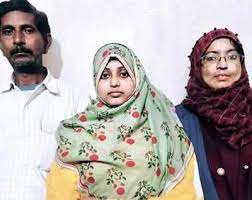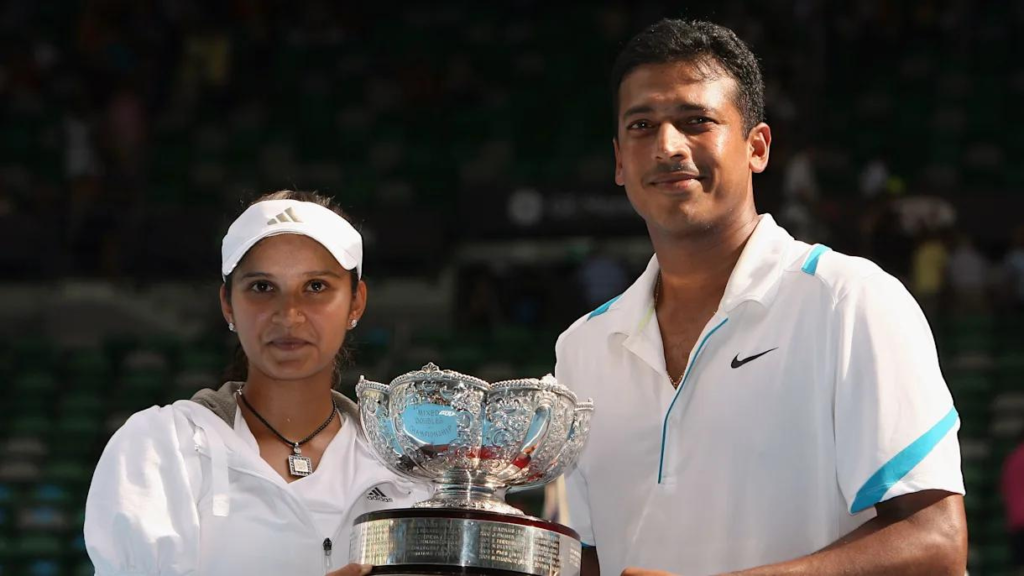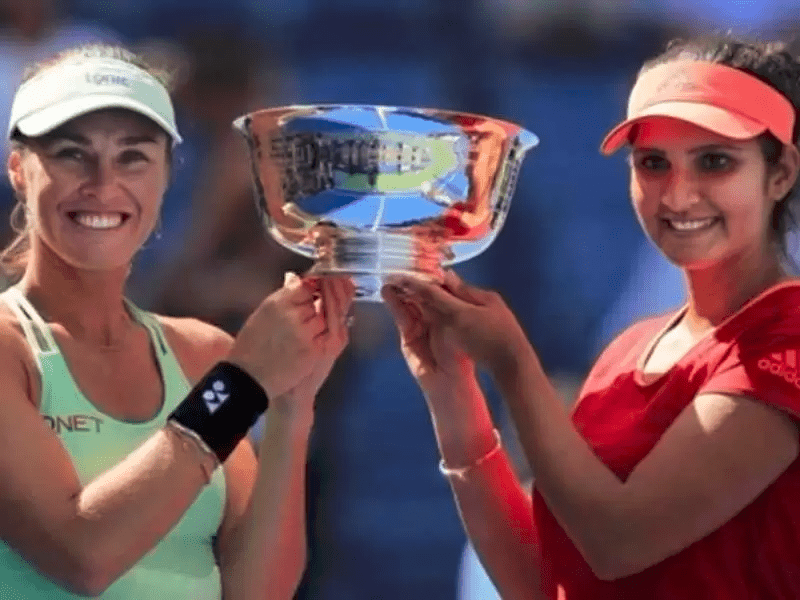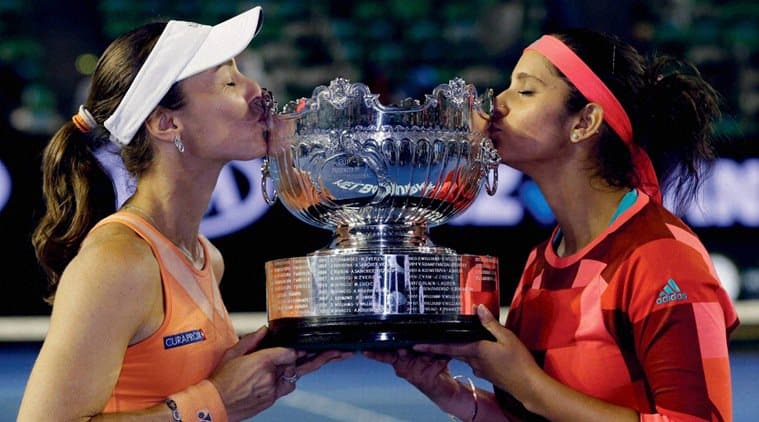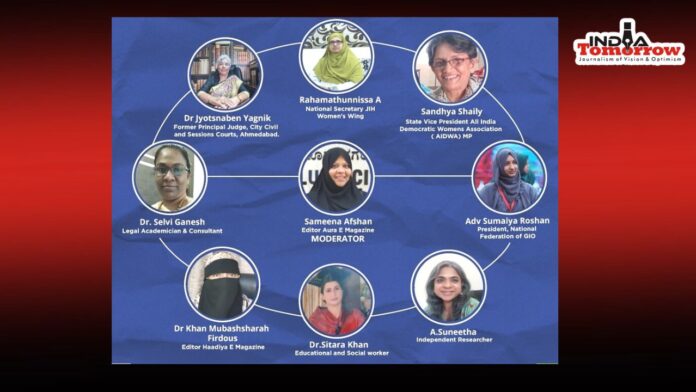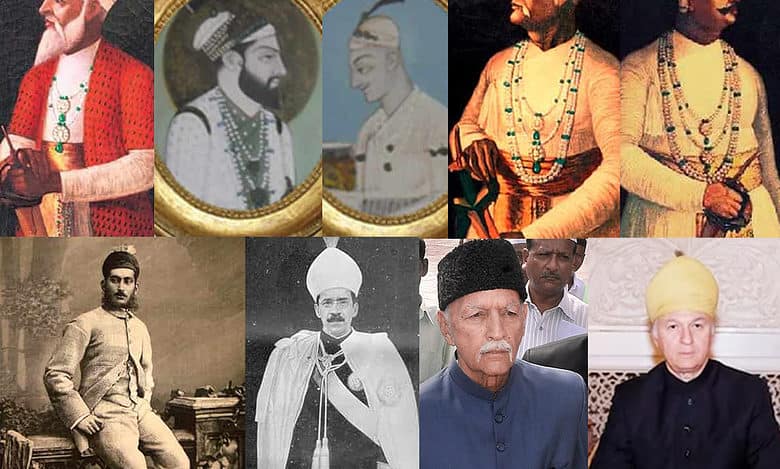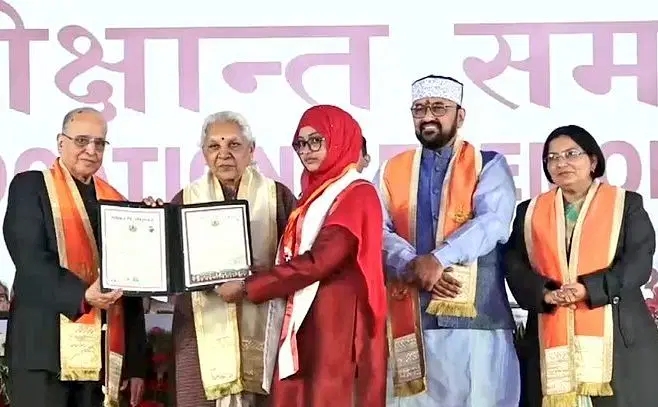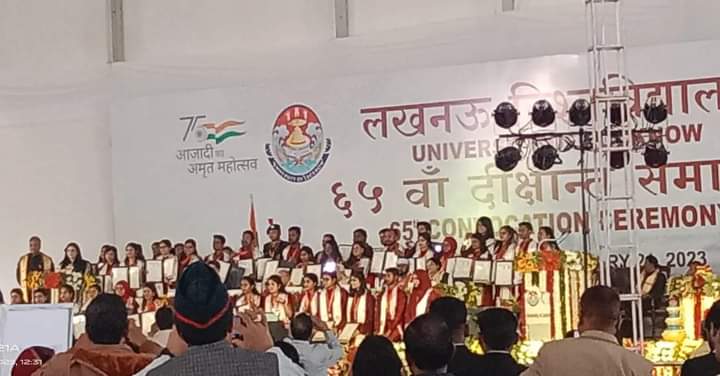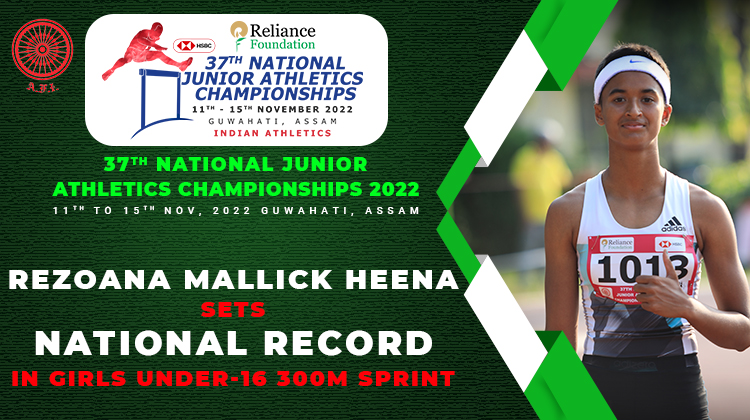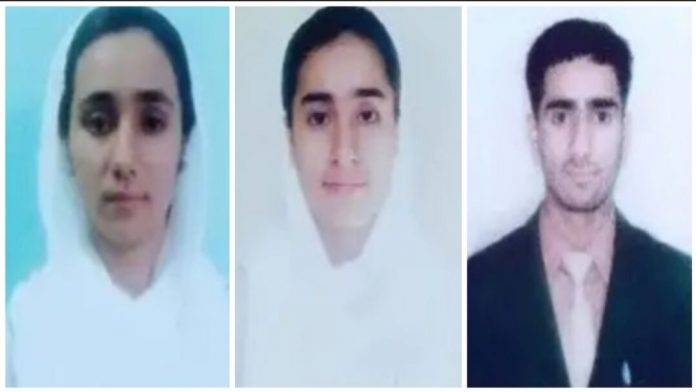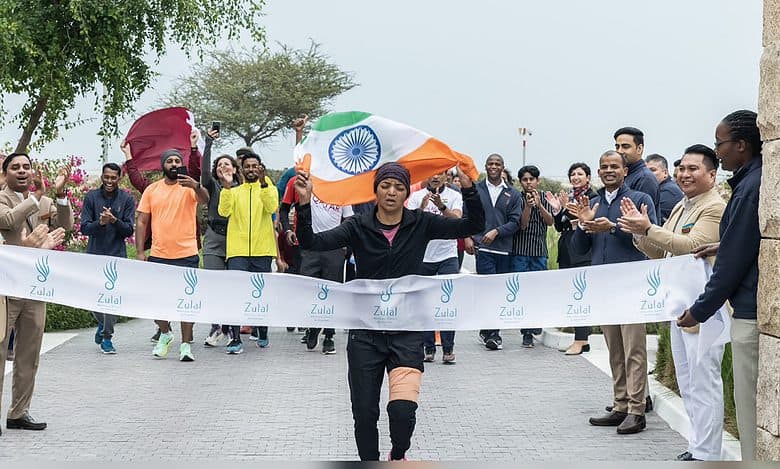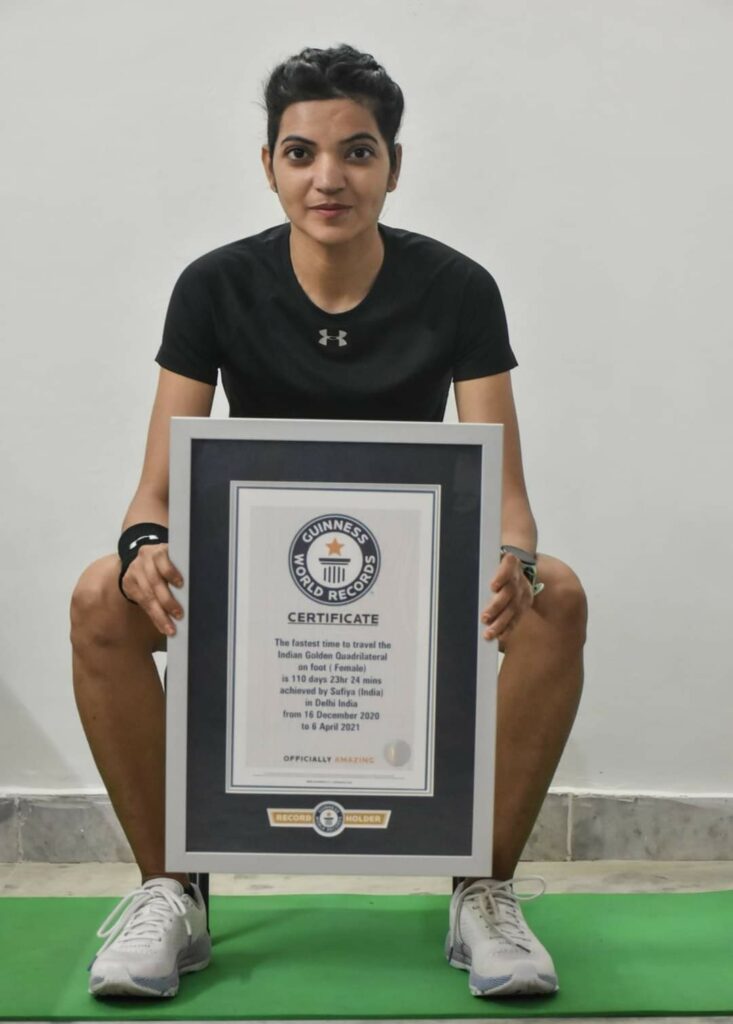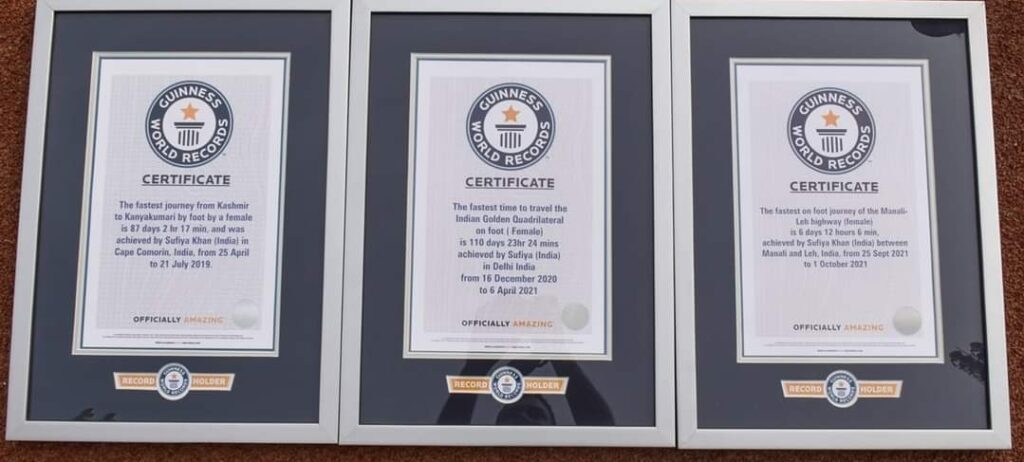JAMMU & KASHMIR:
Each awardee will receive, a cash prize of Rs 51 thousand, a medal and a citation.

Srinagar:
The pace sensation of J&K Umran Malik is among the 10 sportspersons who were awarded the J&K Government Award in the field of Sports on the occasion of Republic Day 2023.
J&K Government announced awards in various fields on the eve of Republic Day 2023 which included Sports. This year 10 sportspersons who have excelled at various levels and brought laurels for J&K were awarded.
Umran Malik headlines the list which also includes Ayeera Chisti, Inshah Bashir, Ishan Pandita, Ankita Raina, Soham Kamotra, Rahul Jangral, Muskan Rana, Kritharti Kotwal and Mannat Choudhary.
Umran Malik climbed the ladder of success last year and went on to represent the Indian National Cricket team in T20 and ODI cricket. With his sheer raw pace, Umran Malik has mesmerized every cricket follower on the planet. He is currently the fastest-ever Indian pace bowler. Apart from the Indian National Cricket team, Umran Malik plays for Sunrisers Hyderabad in IPL.
Ayeera Chisti recently became the first female player from J&K to bag a medal in the World Junior Wushu Championship. She also won a medal in another International Wushu event held in Georgia.
Inshah Bashir is the International Wheelchair Basketball champion. Apart from Representing the Country at the International level, Inshah has also been captain of the J&K team. She received the National Award from President Droupadi Murmu in New Delhi last year. She had lost her ability to stand in 2009 due to an accident but continued to defy the odds by carrying on her sports activity on a wheelchair, making J&K proud.
Ishan Pandita is an International footballer who has roots in Kashmir. Born in New Delhi, Ishan has represented India at the International level and is playing for top clubs in Indian Super League. He has also played professional football in Spain.
Ankita Raina is an International Tennis star who has been playing top-level professional Tennis from last more than 10 years. She has been a regular in Grand Slam events. Apart from that Ankita has represented India at the International level as well as in the Olympics.
Having roots in Kashmir, Ankita since 2013, has regularly been the Indian number one in both singles and doubles.
Soham Kamotra is an International Chess player from Jammu who has bagged a couple of medals for India at the International level. Last year Soham bagged a gold medal in the Commonwealth Chess Championship in the Under-18 age category, held in Sri Lanka.
Earlier Soham had bagged a bronze medal in the Asian Under-18 event.
Rahul Jarngal is an accomplished mountaineer who has scaled Worlds Highest Peak Mount. Everest. Jarngal who hails from Hiranagar Jammu has also successfully climbed Mt. Kangchenjunga amoung many other peaks.
Rahul works as Executive Engineer Instrumentation in ONGC and has an accomplished record in sports and academics.
Muskan Rana is a top-level gymnastic player from Jammu who has been bringing laurels for J&K at various levels.
Muskan Rana was last year declared as Junior National Champion in the 26th Junior National Rhythmic Gymnastic Championships held at Bengaluru in Karnataka. Muskan Rana has won five medals including two gold, and three silver medals for J&K. She is considered one of the top talents in the Country.
Kritarthi Kotwal an accomplished Fencing player last year bagged the junior team bronze medal for India in the Commonwealth Fencing Championship held in London. Kotwal is a highly talented Fencer and has been winning medals for J&K on regular basis.
Mannat Choudhary who hails from R S Pura, Jammu is a Volleyball player who represented the Indian Volleyball team in AVC Cup Volleyball Championship in Thailand last year. Mannat is a top volleyball player of J&K who has also captained J&K junior teams at the National level.
Each awardee will receive, a cash prize of Rs 51 thousand, a medal and a citation.
source: http://www.greaterkashmir.com / Greater Kashmir / Home> Sports / by Abid Khan / January 27th, 2023

